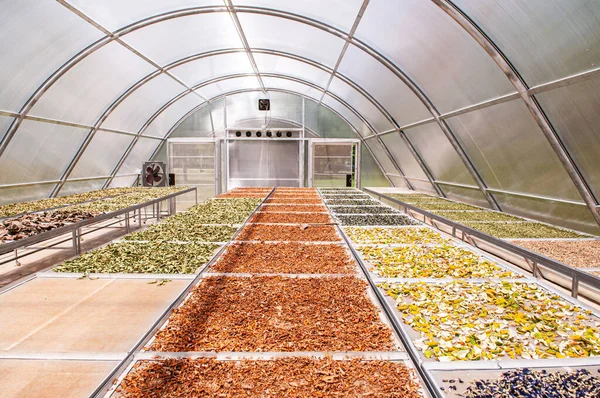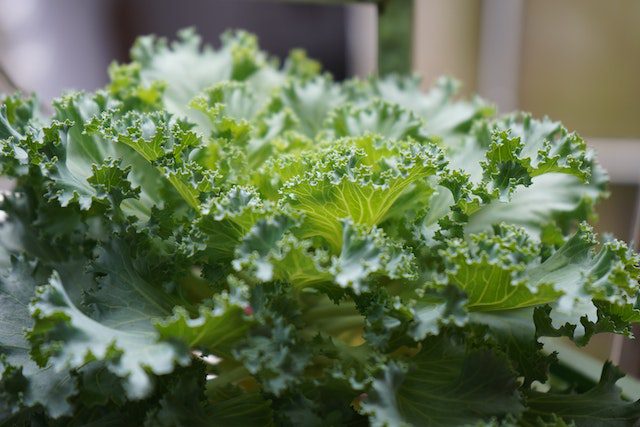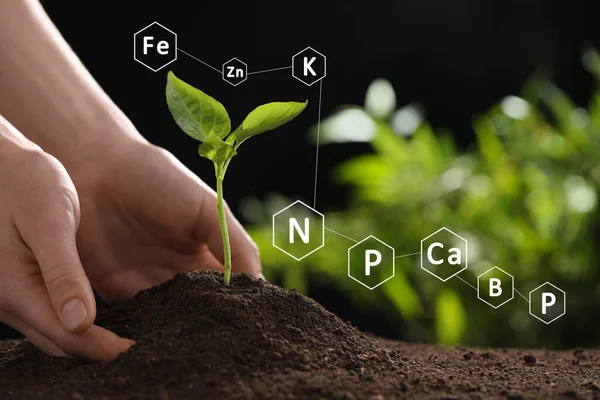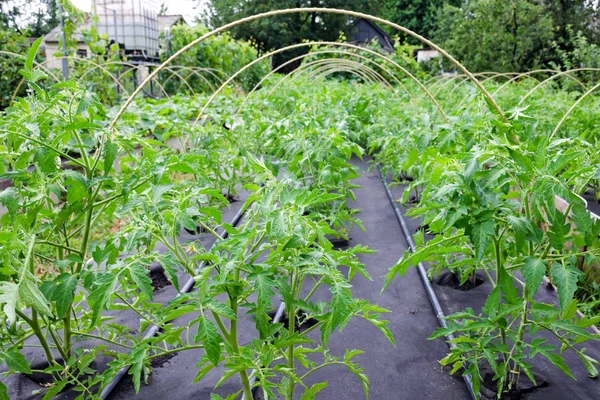Are you searching for the cheapest methods to preserve your vegetables ?
Kienyeji vegetables, also known as traditional African greens, are highly nutritious and an integral part of Kenyan cuisine. While these vegetables are readily available fresh, preserving them can extend their shelf life and make them accessible year-round.
In this post, you will learn some of the most effective methods for processing and preserving kienyeji vegetables. They include sun drying, dehydration, freezing and blanching
Sun Drying Kienyeji Vegetables

Solar drying is a traditional and cost-effective way to preserve kienyeji vegetables. This method helps to concentrate the flavors and nutrients while extending the shelf life of the produce. Here’s how to sun dry kienyeji vegetables:
Related: The Best value addition ideas for potato farmers in Kenya?
- Prepare the Vegetables: Wash the kienyeji vegetables thoroughly and pat them dry. Remove any damaged or discolored leaves or stems.
- Chop or Shred: Chop the vegetables into bite-sized pieces or shred them using a sharp knife or mandoline slicer. This will help them dry more evenly.
- Spread on a Drying Surface: Spread the chopped or shredded vegetables in a single layer on a clean, dry surface. This can be a clean cloth, a mesh screen, or a food dehydrator tray. Ensure the vegetables are not overlapping.
- Expose to Sunlight: Place the drying surface in direct sunlight, making sure it’s not in a shaded area. The vegetables should be dried for 6-8 hours, or until they are completely dry and crisp.
- Flip and Rotate: Periodically, flip the vegetables and rotate the drying surface to ensure even drying. This will help prevent mold growth and ensure the vegetables are dried thoroughly.
- Store Properly: Once the vegetables are completely dry, store them in an airtight container or resealable plastic bag. Keep them in a cool, dry place, away from direct sunlight. The dried kienyeji vegetables can be stored for up to 6 months.
Using a Dehydrator to Dry Kienyeji Vegetables

A dehydrator is an excellent machine for preserving your kienyeji vegetables. The controlled temperature and air circulation ensure efficient, high-quality drying that retains the vegetables’ nutrients and flavor. Compared to other drying methods, a dehydrator offers a more reliable and convenient way to dry these traditional greens.
Advantages of Using a Dehydrator in Vegetable processing
- Drying is faster in a dehydrator compared to air drying or oven drying, as the dehydrator circulates warm air around the vegetables.
- The vegetables are protected from flies, pests, rain, and dust inside the dehydrator.
- Dehydrating helps preserve the nutrients, color, and flavor of the kienyeji vegetables better than other drying methods.
- Dehydrators allow for more controlled and consistent drying compared to oven or sun drying.
The Drying Process
- Wash and prepare the kienyeji vegetables. Chop or slice them into even, thin pieces for faster and more uniform drying.
- Blanch tougher vegetables like carrots, broccoli, or cauliflower for 2-3 minutes to help preserve color and nutrients.
- Arrange the prepared vegetables in a single layer on the dehydrator trays, making sure they are not overlapping.
- Dehydrate at 135-145°F for 6-12 hours, depending on the thickness of the vegetable pieces, until they are completely dry and crisp.
- Check the vegetables periodically and rotate the trays if needed for even drying.
- Once dried, store the kienyeji vegetables in airtight containers in a cool, dark place for up to 6-12 months.
Freezing Kienyeji Vegetables

Freezing is another effective way to preserve the freshness and nutrients of kienyeji vegetables. This method is particularly useful for longer-term storage. Here’s how to freeze kienyeji vegetables:
Read Next: Is Maize Milling Business in Kenya Really Profitable in 2024
- Prepare the Vegetables: Wash the kienyeji vegetables thoroughly and pat them dry. Remove any damaged or discolored leaves or stems.
- Blanch: Bring a large pot of water to a boil. Submerge the vegetables in the boiling water for 2-3 minutes, then immediately transfer them to an ice bath to stop the cooking process.
- Dry and Chop: Once the vegetables have cooled, drain them and pat them dry with a clean towel. Chop or shred the vegetables into bite-sized pieces.
- Pack and Freeze: Place the chopped or shredded vegetables in freezer-safe bags or airtight containers. Remove as much air as possible before sealing the bags or containers.
- Freeze: Place the packed vegetables in the freezer, ensuring they are flat and not stacked on top of each other. This will help them freeze more evenly.
- Store: The frozen kienyeji vegetables can be stored in the freezer for up to 12 months. When ready to use, simply thaw the desired amount and incorporate them into your favorite dishes.
Blanching your Indigenous Vegetables

Blanching is a cooking technique that involves briefly immersing food, usually vegetables or fruits, in boiling water or steam and then quickly cooling it in ice water or under cold running water. This process is commonly used as a pretreatment before freezing, drying, or canning to help preserve the food’s quality and nutritional value.
Purpose of Blanching
- Inactivates enzymes that cause loss of flavor, color, and texture during storage
- Softens vegetables, making them easier to chew
- Removes surface dirt, insects, and some pesticide residues
- Brightens the color of vegetables like green beans and carrots
- Helps loosen skins on foods like tomatoes and peaches for easier peeling
The Blanching Process
- Prepare boiling water or steam: Bring a large pot of water to a boil or use a steam blancher.
- Immerse the food: Add the prepared vegetables or fruits to the boiling water or steam for a short time, usually 30 seconds to 3 minutes depending on the food.
- Cool in ice water: Immediately transfer the food to an ice water bath to stop the cooking process.
- Drain and use or store: Drain the blanched food and use it immediately or store it for later use.
Benefits of Blanching
- Preserves color, flavor, and nutritional value of frozen or stored foods
- Helps remove air pockets in canned foods, reducing strain on containers
- Softens vegetables for quicker cooking in stir-fries or salads
- Loosens skins for easier peeling of tomatoes, peaches, and other foods
Drawbacks of Blanching
- Can leach out some water-soluble nutrients and flavor compounds
- Produces effluent that requires proper treatment before discharge
- Requires additional time and energy for heating and cooling the food
By sun drying or freezing kienyeji vegetables, you can enjoy the nutritional benefits and flavors of these traditional greens year-round. These preservation methods are easy to implement and can help reduce food waste while providing a convenient way to incorporate more kienyeji vegetables into your meals.
Frequently Asked Questions (FAQS) in Vegetables processing and preservation
Expand FAQs
Which are the Best vegetables for Dehydrating and solar Drying?
The best vegetables for dehydrating in Kenya are ones with lower moisture content that can retain their flavor, color, and nutrients through the drying process. They Include
Which are the Best vegetables for Blanching?
Blanching involves briefly boiling the vegetables and then shocking them in an ice bath. This helps preserve their texture, color, and nutrient content during the drying process.
- Collards (Kales)
- Swiss chard (Spinach)
- Beets
- Potatoes
- Zucchini
Which are the Worst vegetables to Dehydrate?
Some vegetables that may not dehydrate as well, include:
- Watermelon
- Cucumbers
- Greens (can be dried but may lose flavor)
- Celery (can be dried but may lose flavor)
Which are other alternative vegetable preservation methods
Some other vegetable processing methods include:
- Pickling: Submerging vegetables or fruits in a vinegar-based brine
- Canning/Bottling: Sealing foods in jars or bottles with a vinegar-based liquid
- Marinades and Sauces: Adding vinegar to extend the shelf life of condiments, sauces, and marinades



